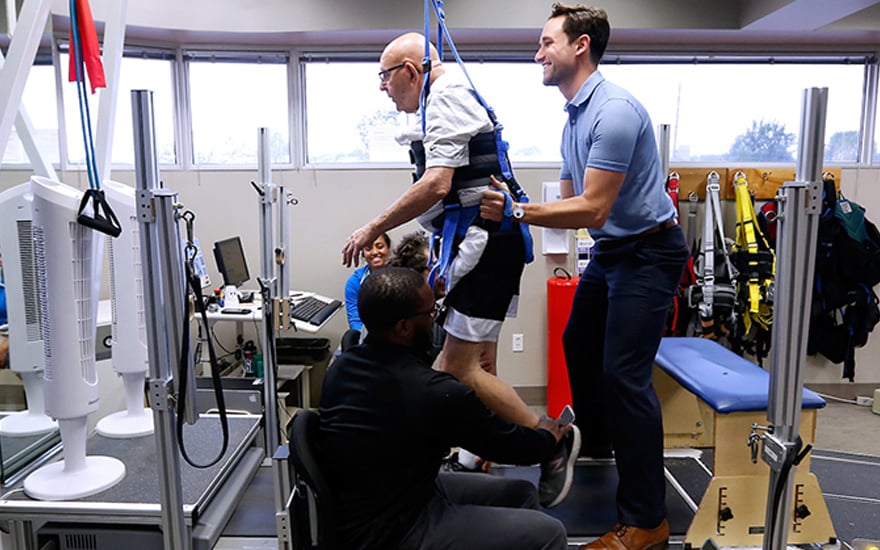Investigating the Varied Methods of Physiotherapeutic Rehabilitation for Improved Healing and Rehabilitation
Investigating the Varied Methods of Physiotherapeutic Rehabilitation for Improved Healing and Rehabilitation
Blog Article
Physical rehabilitation is an important field that assists individuals heal from injuries, operations, and multiple health conditions. It entails a range of methods aimed to improve mobility, alleviate pain, and enhance overall bodily function. Physical practitioners are trained experts who evaluate each client’s needs and create customized care plans. These programs often consist of workouts, manual treatment, and instruction about physical movements. By employing these varied approaches, physical can significantly enhance a patient’s standard of life.
One frequent technique used in physiotherapy is rehabilitative activity. This involves targeted movements and activities that assist build muscle strength, enhance flexibility, and boost stamina. For example, a patient rehabilitating from leg surgery may perform exercises that focus on rebuilding power in the leg muscles. These activities are meticulously chosen based on the patient’s status and goals. By gradually boosting the intensity and complexity of the activities, physiotherapy practitioners can help clients recover their strength and mobility over time.
Another crucial method is hands-on therapy, which includes hands-on methods to manipulate the human body soft muscles and joints. This can entail flexibility exercises, mobilization, and manipulation. Manual therapy aims to alleviate pain, minimize inflammation, and improve circulation. For example, a therapist may apply gentle force to ease stress in tight muscles or to help a articulation move more smoothly. This method is often integrated with other treatments to improve recovery and encourage healing. Clients often find hands-on therapy to browse around this site be a soothing and effective way to control their discomfort.
In furthermore to exercises and manual therapy, instruction plays a crucial part in physical. Practitioners teach patients about their issues and how to handle them effectively. This may entail guidance on correct alignment, body movements, and techniques to prevent future traumas. For instance, a therapist might demonstrate a client how to lift weighty items safely to prevent straining their spine. By empowering clients with knowledge, physical practitioners help them take an engaged role in their rehabilitation and promote long-term wellness and well-being.
Ultimately, technology is progressively being integrated into physiotherapy practices. Tools such as sonography, electrical impulses, and virtual environments can enhance conventional treatment approaches. These tools can help reduce discomfort, promote recovery, and offer engaging methods for patients to participate in their rehabilitation. For example, immersive reality can generate engaging environments for clients to practice actions in a controlled and secure environment. As advancements continues to evolve, it provides exciting opportunities for improving recovery results in physical.
In conclusion, physiotherapy encompasses a variety of methods that work in unison to assist recovery and healing. Through rehabilitative exercises, hands-on treatment, patient instruction, and the application of technology, physiotherapy practitioners provide holistic treatment tailored to each patient’s requirements. This holistic method not only helps patients recover their bodily capabilities but also enables them to sustain their health in the long future. As more people acknowledge the advantages of physical, it continues to play a vital role in the pathway toward improved health and fitness.